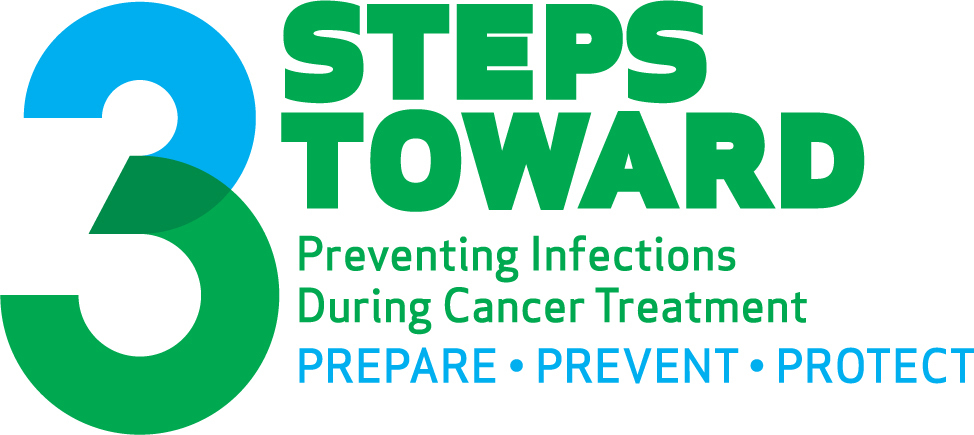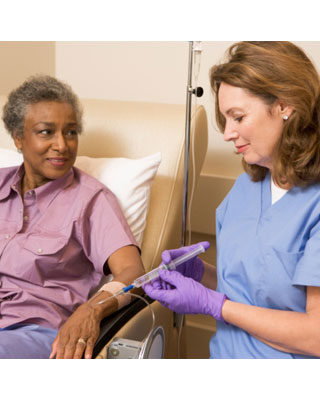Caring for Your Catheter
Education Materials
CDC created a variety of resources for patients, caregivers and healthcare providers, including fact sheets and posters.

 "I never thought seriously about the risk of infection until I was hospitalized and unable to fight a fever. It’s so important to understand what steps you can take to help protect yourself."Breast Cancer Survivor
"I never thought seriously about the risk of infection until I was hospitalized and unable to fight a fever. It’s so important to understand what steps you can take to help protect yourself."Breast Cancer Survivor
Find Out Your Risk Now >





 Just as other medicines can be taken in various forms, the same is true for chemotherapy. People with cancer sometimes require that tubes be placed into their body. This is so that they can receive medications directly into the blood stream through a vein (intravenously). These tubes may be under the skin or outside the skin.
Just as other medicines can be taken in various forms, the same is true for chemotherapy. People with cancer sometimes require that tubes be placed into their body. This is so that they can receive medications directly into the blood stream through a vein (intravenously). These tubes may be under the skin or outside the skin. A catheter is a soft, thin tube that a surgeon inserts into a large vein, often in your chest area. Some catheters stay in place until all your chemotherapy treatments are finished. There are a few different types of catheters, but fall under two main categories: sticking out of the skin (external) or under the skin (subcutaneous).
A catheter is a soft, thin tube that a surgeon inserts into a large vein, often in your chest area. Some catheters stay in place until all your chemotherapy treatments are finished. There are a few different types of catheters, but fall under two main categories: sticking out of the skin (external) or under the skin (subcutaneous). Your doctor or nurse will provide detailed instructions on how to care for your central venous access device. To lower the chance of developing an infection:
Your doctor or nurse will provide detailed instructions on how to care for your central venous access device. To lower the chance of developing an infection: